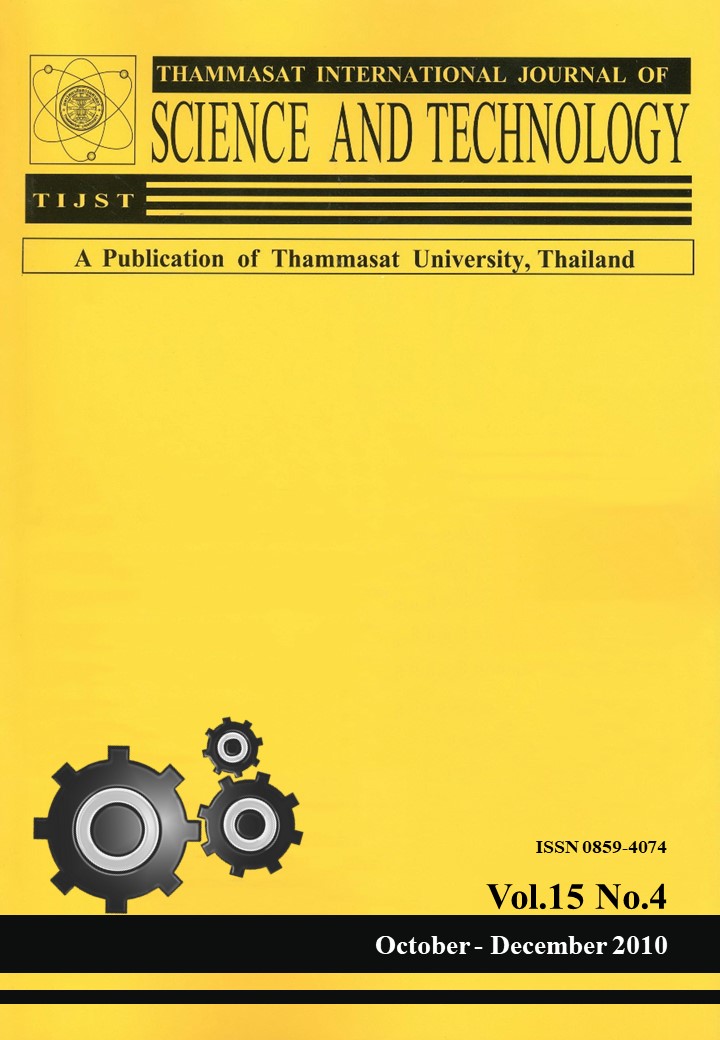Quantifying the Impacts of Banning Non Motorized Vehicles from a Major Arterial: Socio-Economic and Safety Evidence
Keywords:
Non-Motorized Transport (NMT), accessibility, arterial, competent.Abstract
The efficiency of a transportation system is one of the key factors for making an urban system functional and economically competent. This efficiency of a transport system does not only mean increased mobility; it should also focus on easy accessibility by all road users in a low cost and safe way. In developing countries like Bangladesh, Non-Motorized Transport (NMT) modes are significant components of the nation’s transportation system and are in large parts of urban cites like Dhaka where accessibility is the foremost demand. Dhaka has been struggling for a long time to improve its transport system with heterogeneous traffic. In this paper, the significance of these non-motorized vehicles (NMVs) in urban areas and the impact of banning NMVs on urban socio-economy and road safety is discussed, with particular reference to a major arterial Mirpur Road. Study shows that banning of non motorized vehicles on a major arterial road tends to impact largely on accessibility and economics with a slight improvement of road safety.








